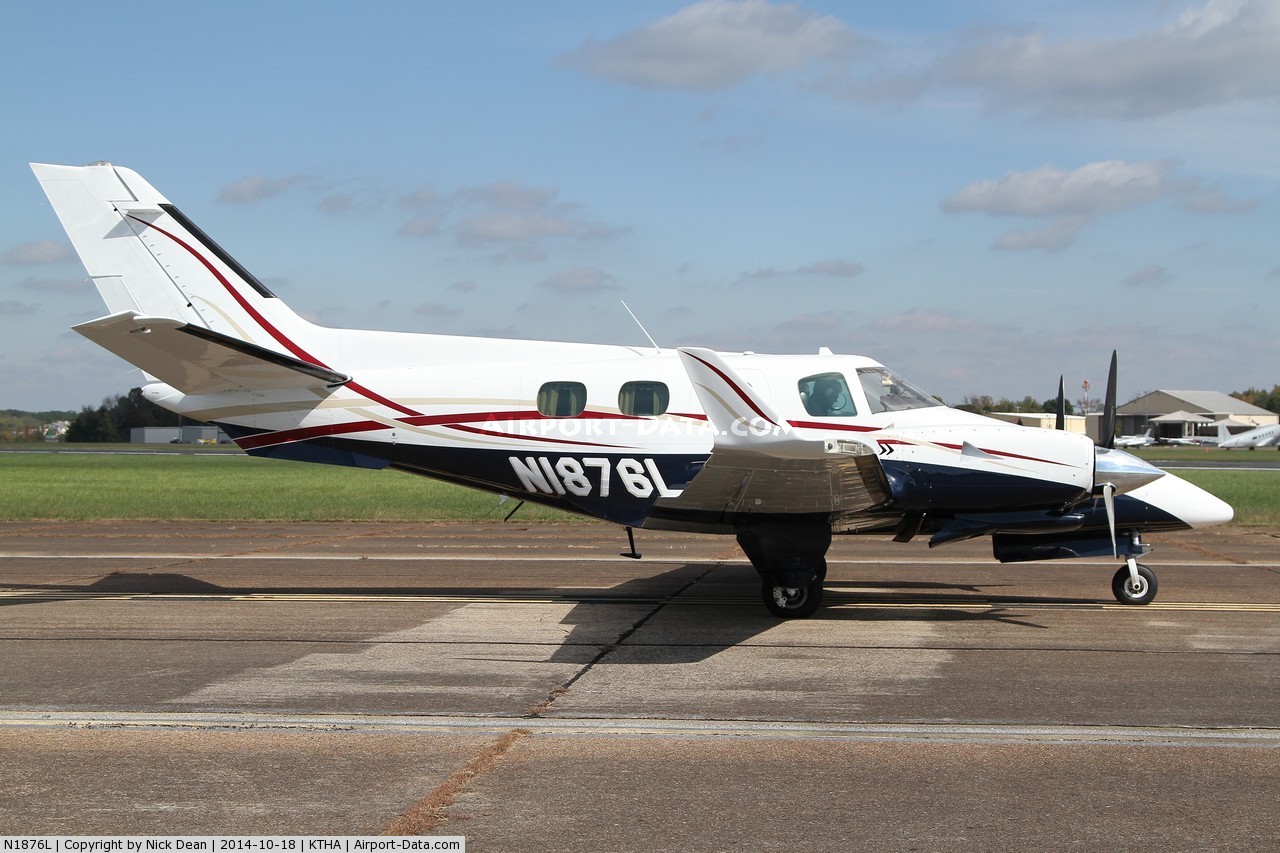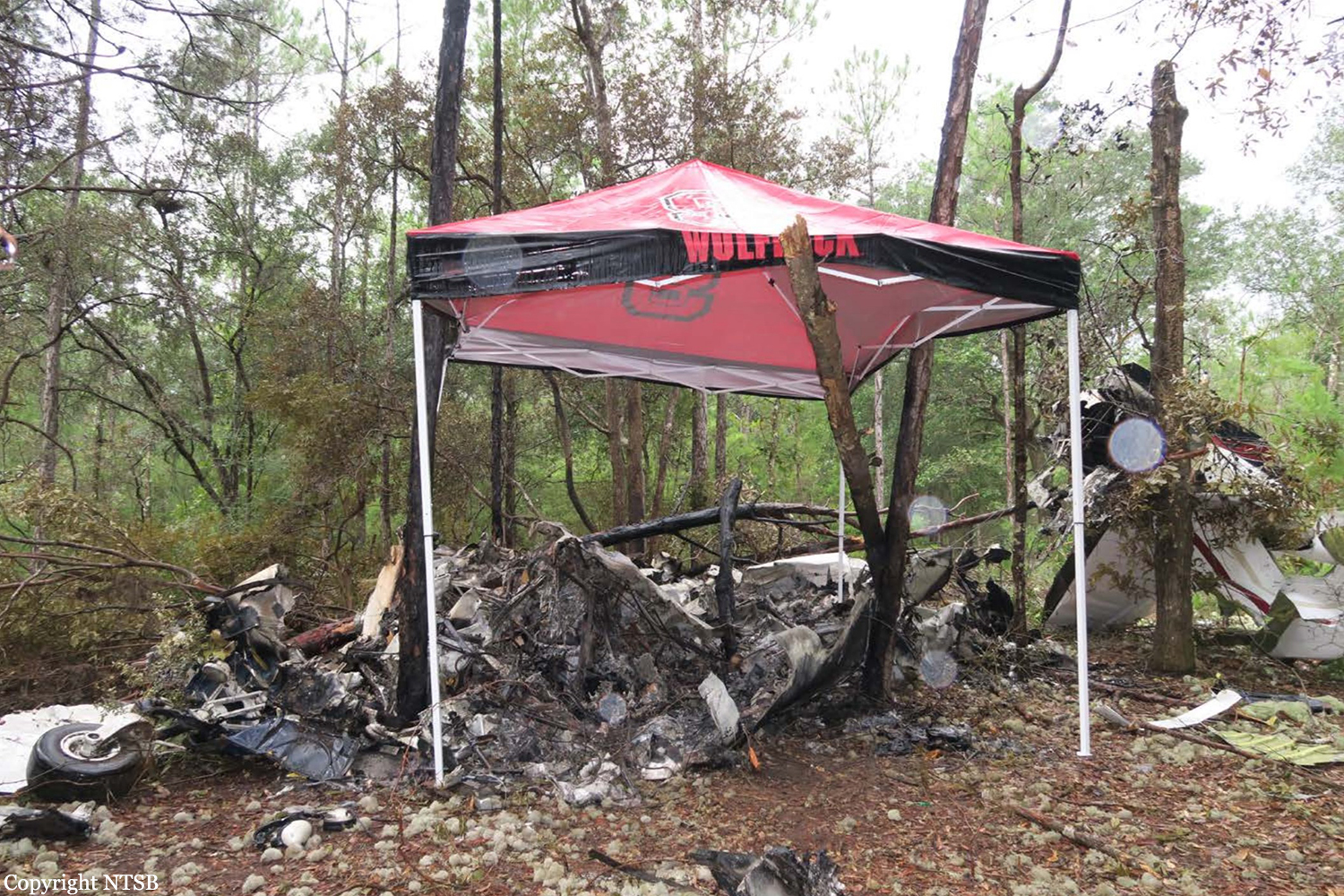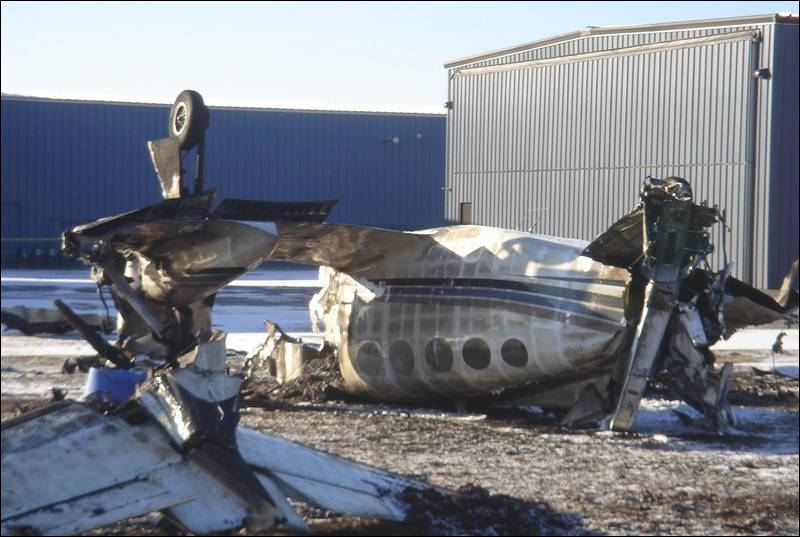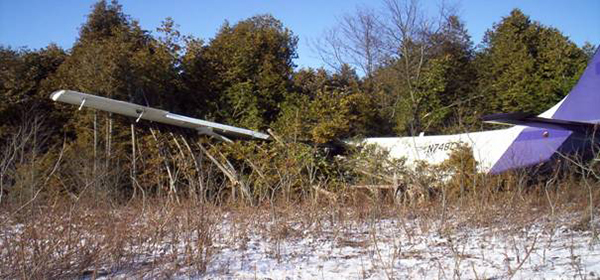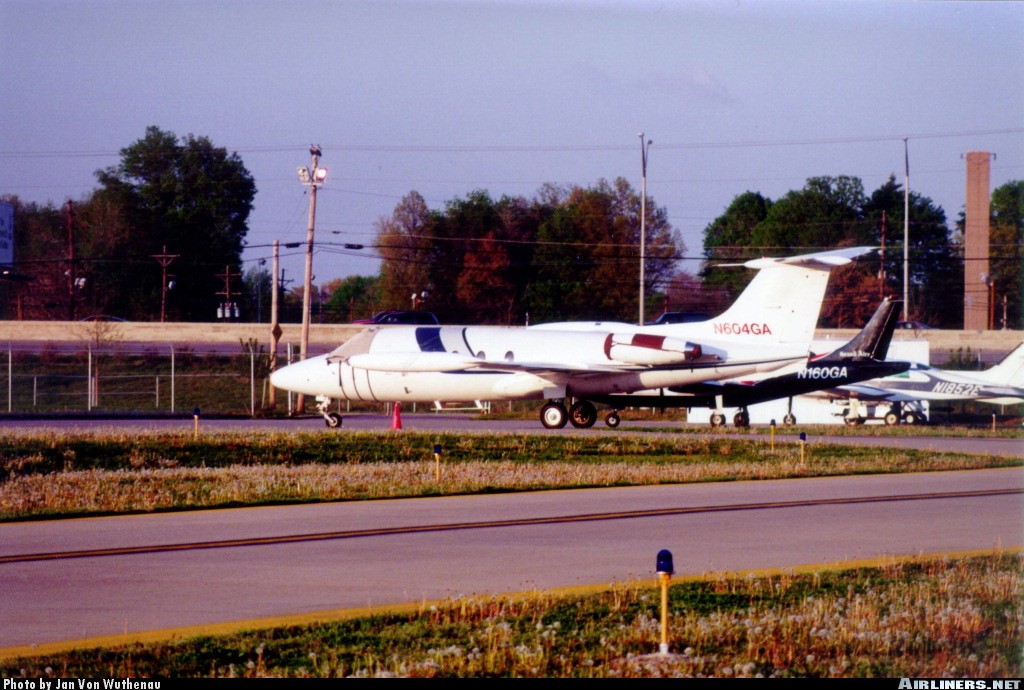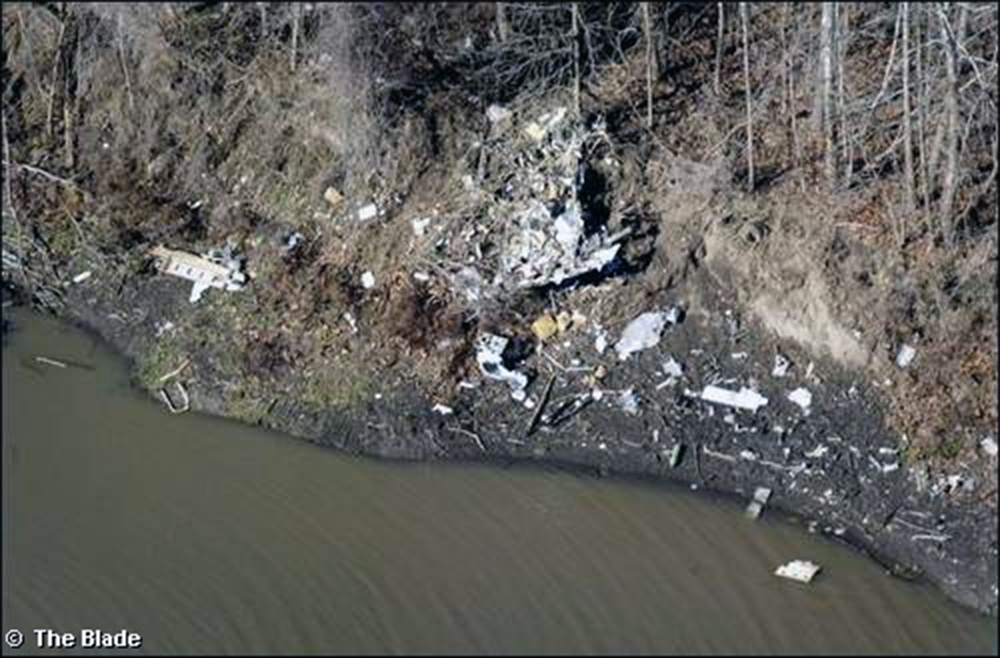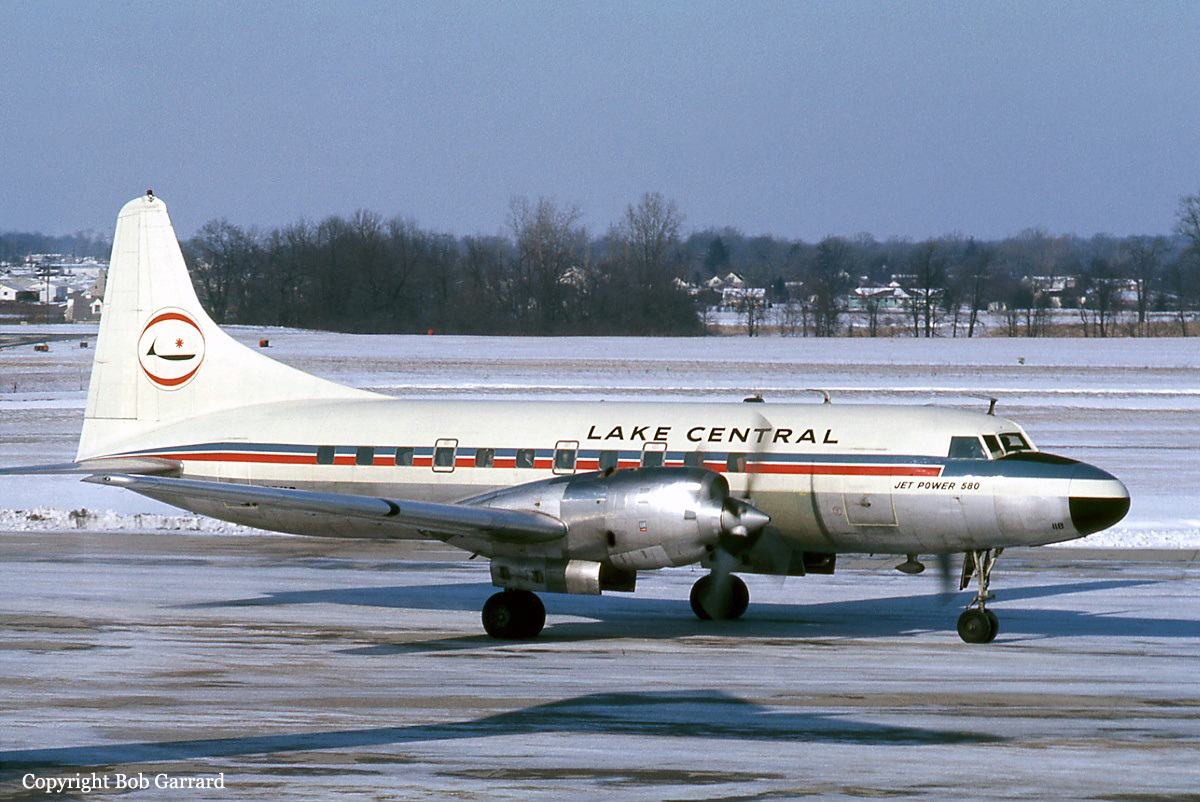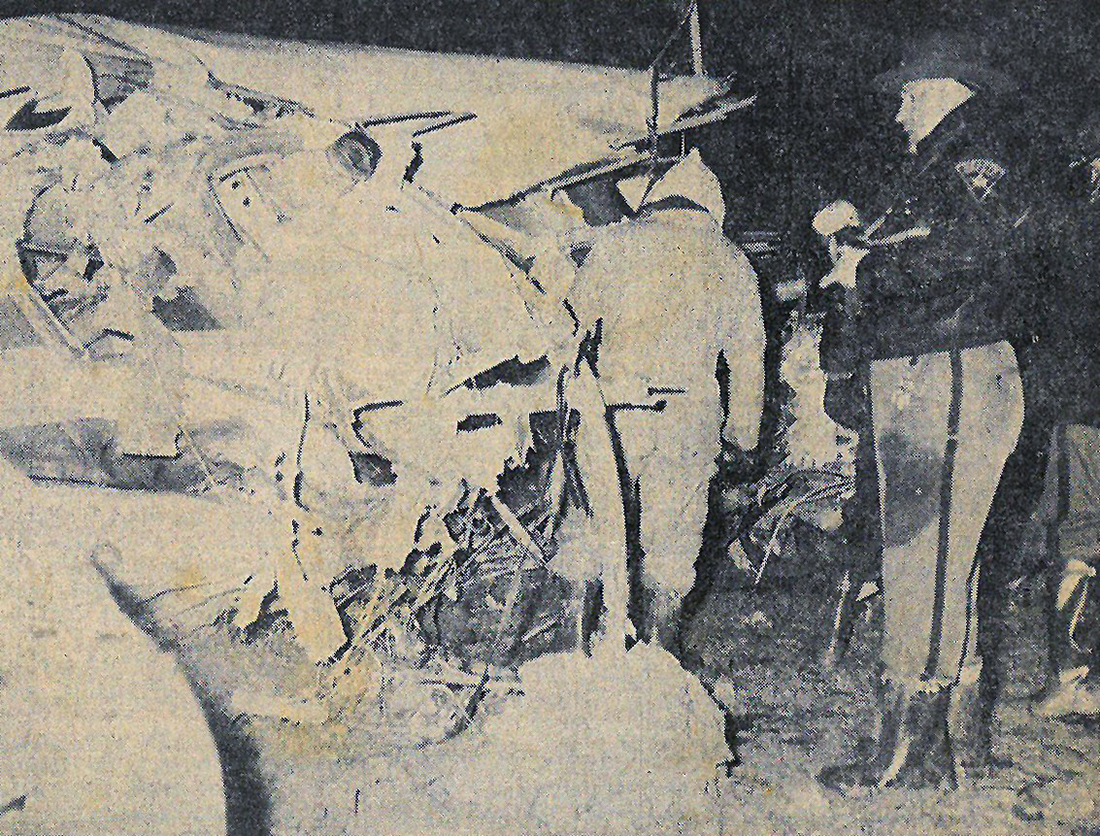Crash of a Beechcraft 60 Duke in Destin: 4 killed
Date & Time:
Aug 30, 2018 at 1030 LT
Registration:
N1876L
Survivors:
No
Schedule:
Toledo - Destin
MSN:
P-386
YOM:
1976
Crew on board:
1
Crew fatalities:
Pax on board:
3
Pax fatalities:
Other fatalities:
Total fatalities:
4
Captain / Total hours on type:
100.00
Aircraft flight hours:
4167
Circumstances:
The commercial pilot and three passengers departed on a cross-country flight in a twin-engine airplane. As the flight neared the destination airport, the pilot canceled his instrument flight rules (IFR) clearance. The approach controller transferred the flight to the tower controller, and the pilot reported to the tower controller that the airplane was about 2 miles from the airport. However, the approach controller contacted the tower controller to report that the airplane was 200 ft over a nearby joint military airport at the time. GPS data revealed that, when pilot reported that the airplane was 2 miles from the destination airport, the airplane's actual location was about 10 miles from the destination airport and 2 miles from the joint military airport. The airplane impacted a remote wooded area about 8 miles northwest of the destination airport. At the time of the accident, thunderstorm cells were in the area. A review of the weather information revealed that the pilot's view of the airport was likely obscured because the airplane was in an area of light precipitation, restricting the pilot's visibility. A review of airport information noted that the IFR approach course for the destination airport passes over the joint military airport. The Federal Aviation Administration chart supplement for the destination airport noted the airport's proximity to the other airport. However, it is likely that the pilot mistook the other airport for the destination airport due to reduced visibility because of weather. The accident circumstances were consistent with controlled flight into terrain. The ethanol detected in the pilot's blood specimens but not in his urine specimens was consistent with postmortem bacteria production. The carbon monoxide and cyanide detected in the pilot's blood specimens were consistent with inhalation after the postimpact fire.
Probable cause:
The pilot's controlled flight into terrain after misidentifying the destination airport during a period of restricted visibility due to weather.
Final Report:
